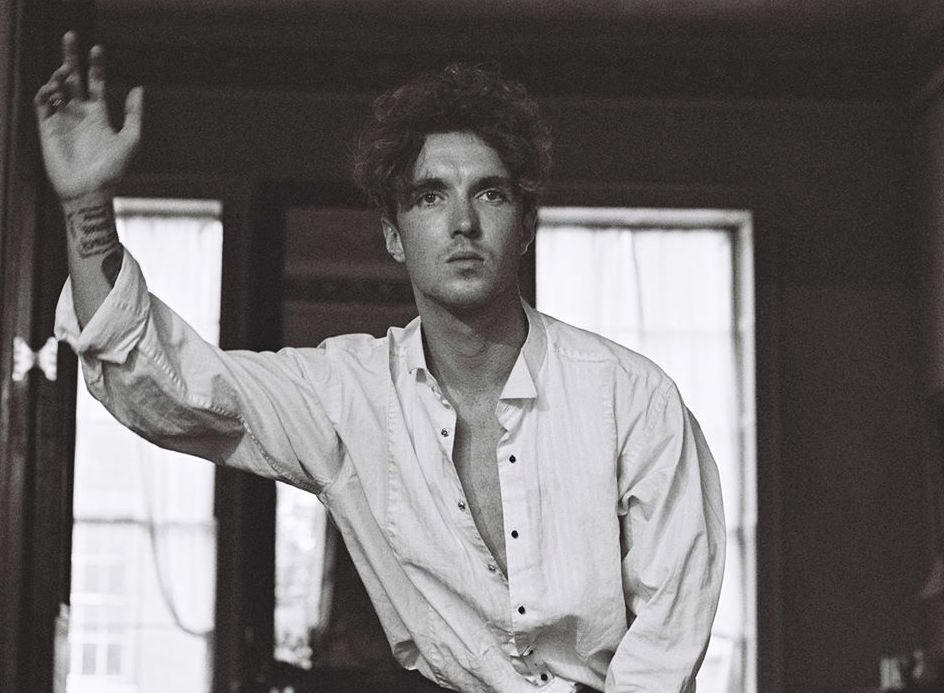
David Keenan
Characters that Might Disappear into Thin Air
David Keenan left Dundalk for Liverpool at 17, frustrated with life on the dole, for what he then told his mother was ‘the trail of the disappeared’. If such lofty language elicits an eyeroll, then Keenan’s debut album A Beginner’s Guide to Bravery may not be for you.
Keenan has cultivated a particular image. Not unlike that of Fontaines DC, it longs for comparison to the greats. Where Fontaines conduct interviews with the New York Times, battered copies of Flann O’Brien practically spilling out of their pockets, Keenan yearns for the lyrical prowess of Dylan, the vocal style of Buckley, and even the keen poetic eye of Samuel Beckett. The collage of influence is so packed, however, that it’s hard to locate Keenan within it at all.
Certainly the narration aspires to great storytelling – the poet in the corner of the dive bar finding beauty in the eccentricities of the masses – but the result is often lost in decoration. The eye mostly observes the working classes who feel utterly removed, and often appropriated. It’s difficult to connect with many of these characters; described from afar, whirling past so quickly that it is impossible to imagine anything akin to a complex inner life. They appear like decorations, extras in the background of a scene whose spotlight is fixed on the poet. If the eye of the storyteller turns away, they might disappear into thin air.
Sparse, controlled
There are moments of respite from the congested prose. ‘Origin of the World’ – one of the longer cuts from the record – is beautifully sparse. Keenan’s voice is controlled, working around the melody and grounding the song in something authentic. ‘Wish me luck, I’m in trouble again / I’m in love with a woman friend’ he sings with the kind of ache that is sought elsewhere, but rarely appears. The vocal decoration towards the end of the song is earned, and the grand inflections adorn the words with purpose.
Keenan’s debut will find its audience. It comes in the wake of a trend in Irish music which takes influence from traditional styles, looking to great poets, songwriters and oral traditions to reimagine the political and social life of Ireland today. But where artists like Junior Brother, Lankum and Maija Sofia excel in their ability to equate current conversations with traditional styles, Keenan is lost somewhere in his own love for the past.
A Beginner’s Guide to Bravery displays obvious talent. Keenan’s lyrics – though they often miss the mark – are confident. The musical arrangements on tracks like ‘Evidence of Living’, ‘Altar Wine’ and ‘Good Old Days’ are considered and effective, and point to a style that would be welcome in further work from the artist. What lets the album down is the relentless imitation of the past. David Keenan has certainly found his voice, but he has yet to put it to good use.
Visit www.davidkeenan.ie.
Published on 30 January 2020
Andrea Cleary is a freelance music and culture writer based in Dublin.

















